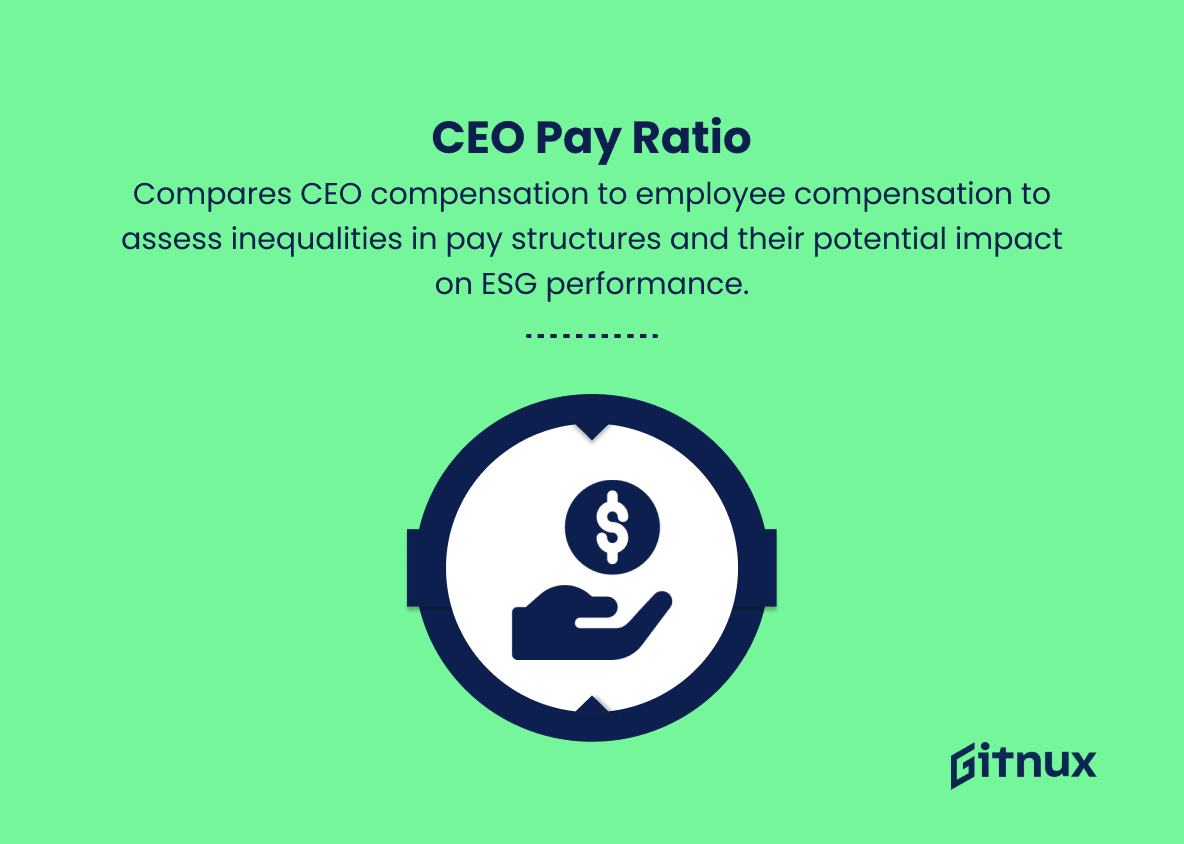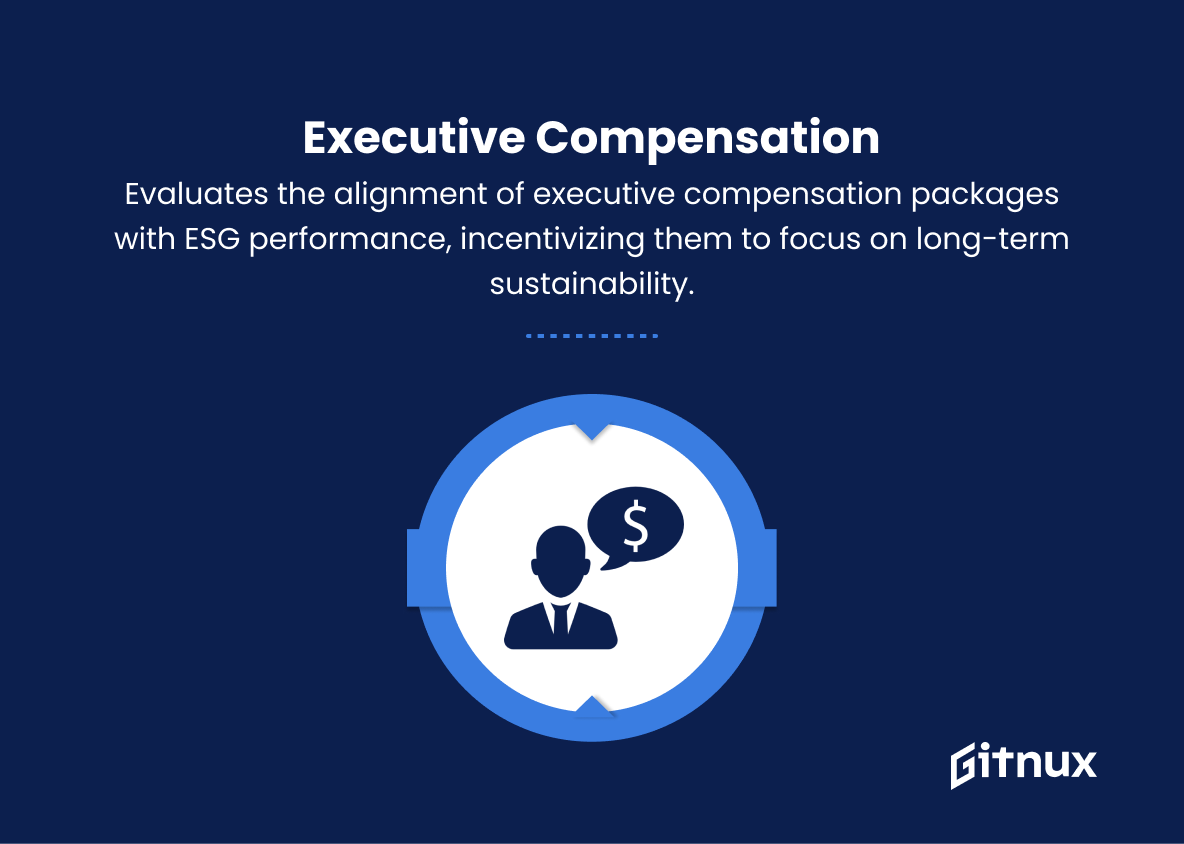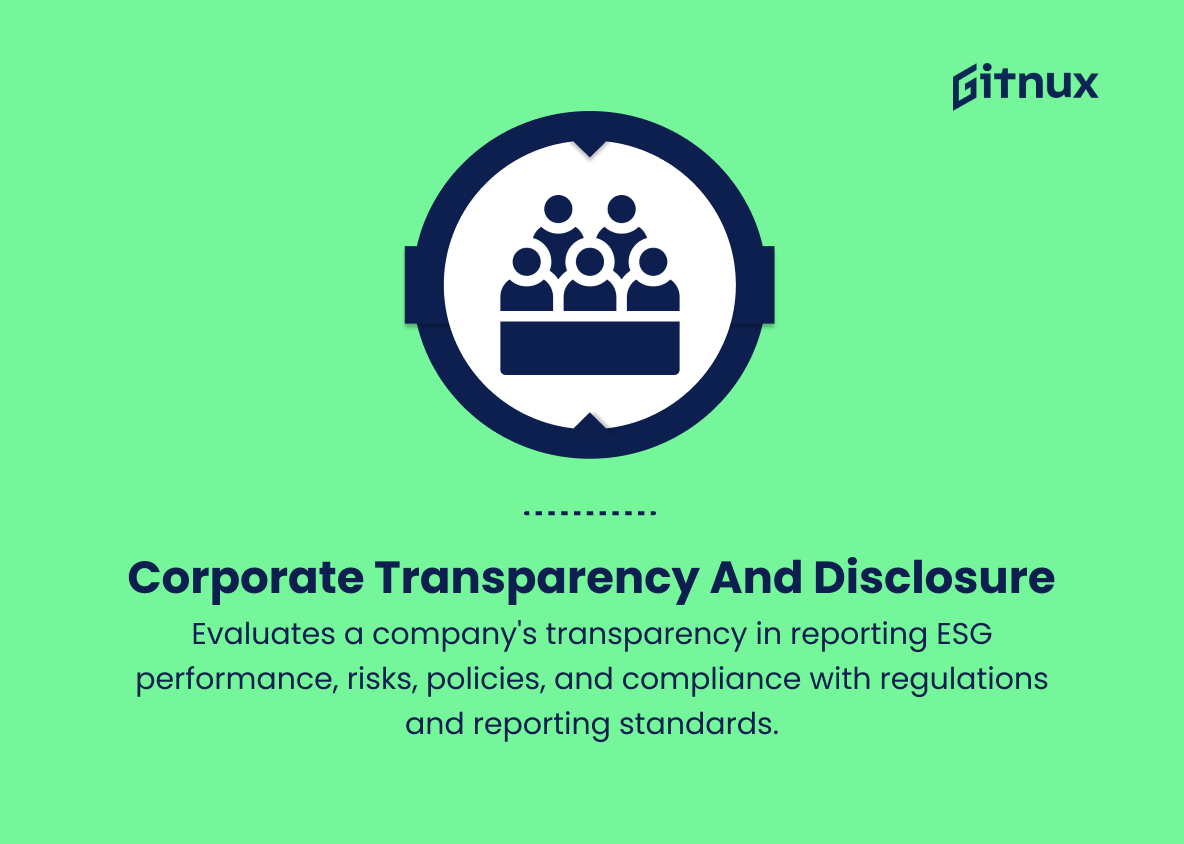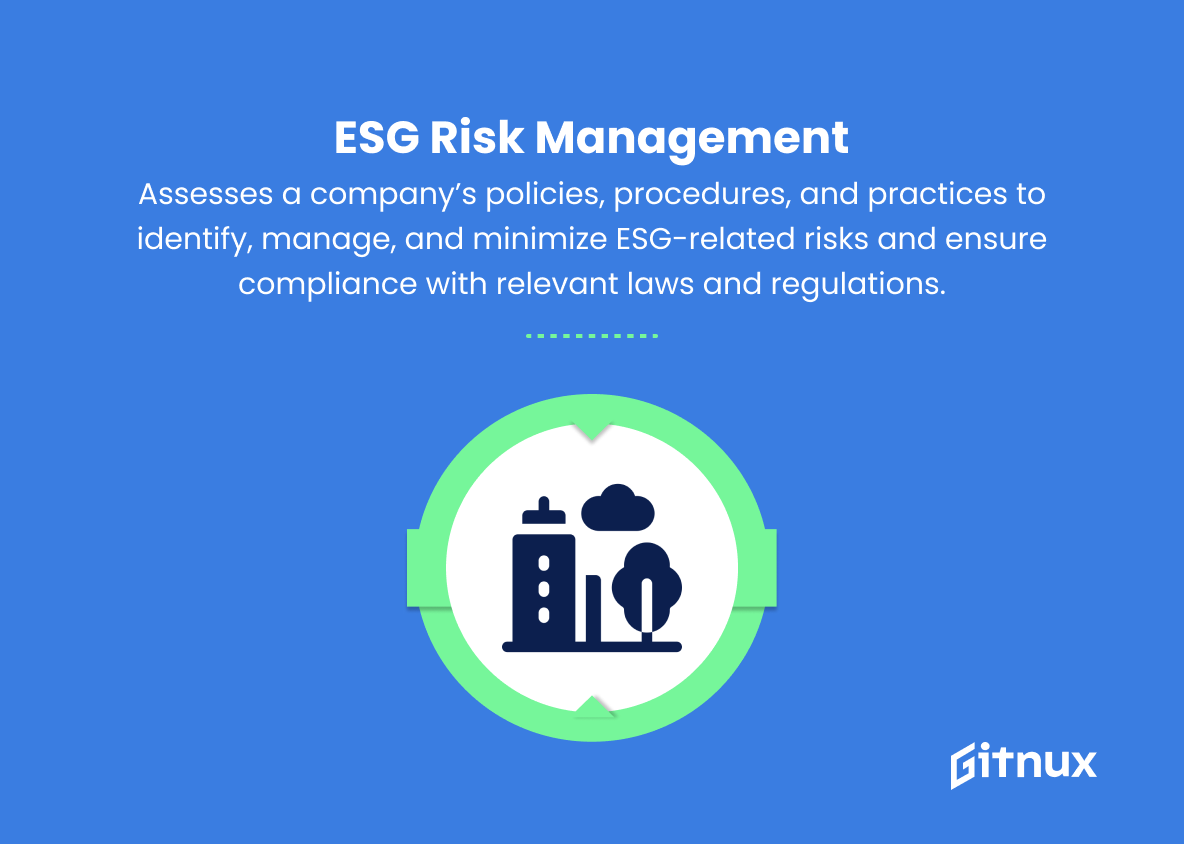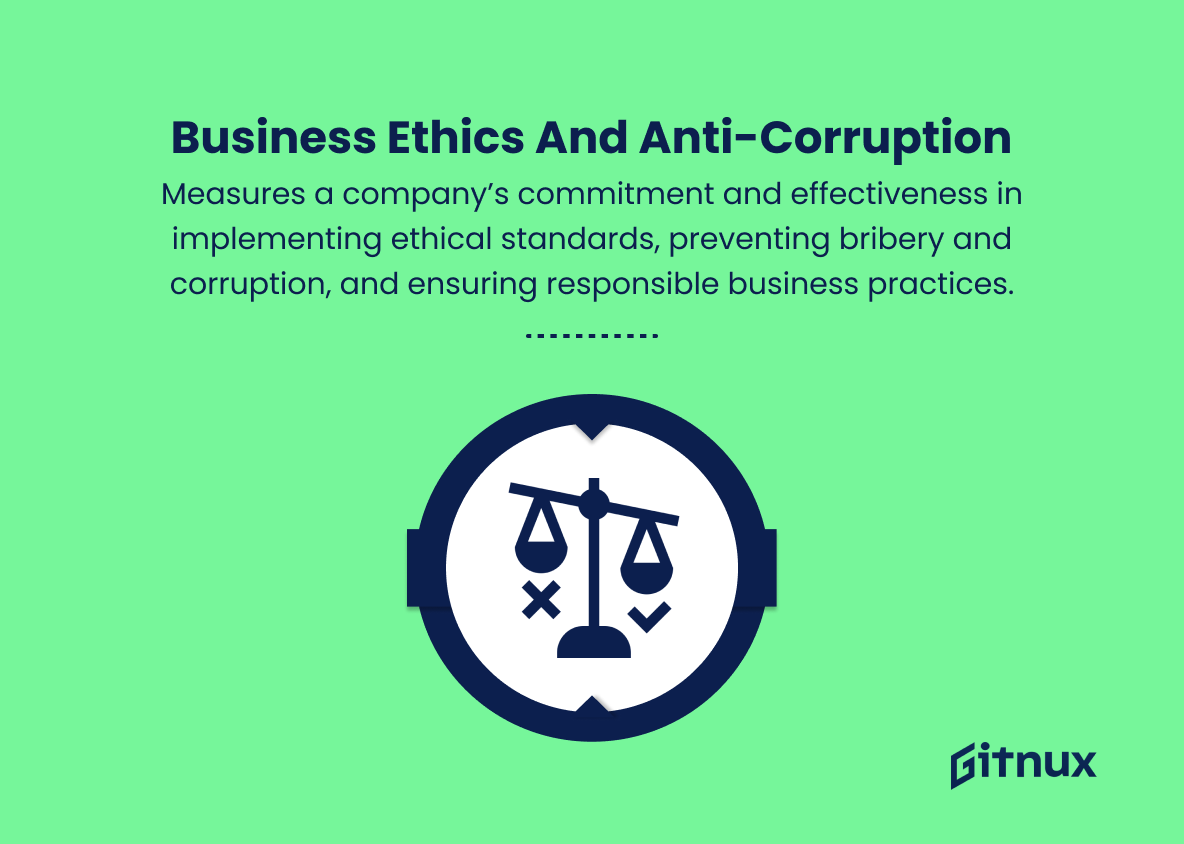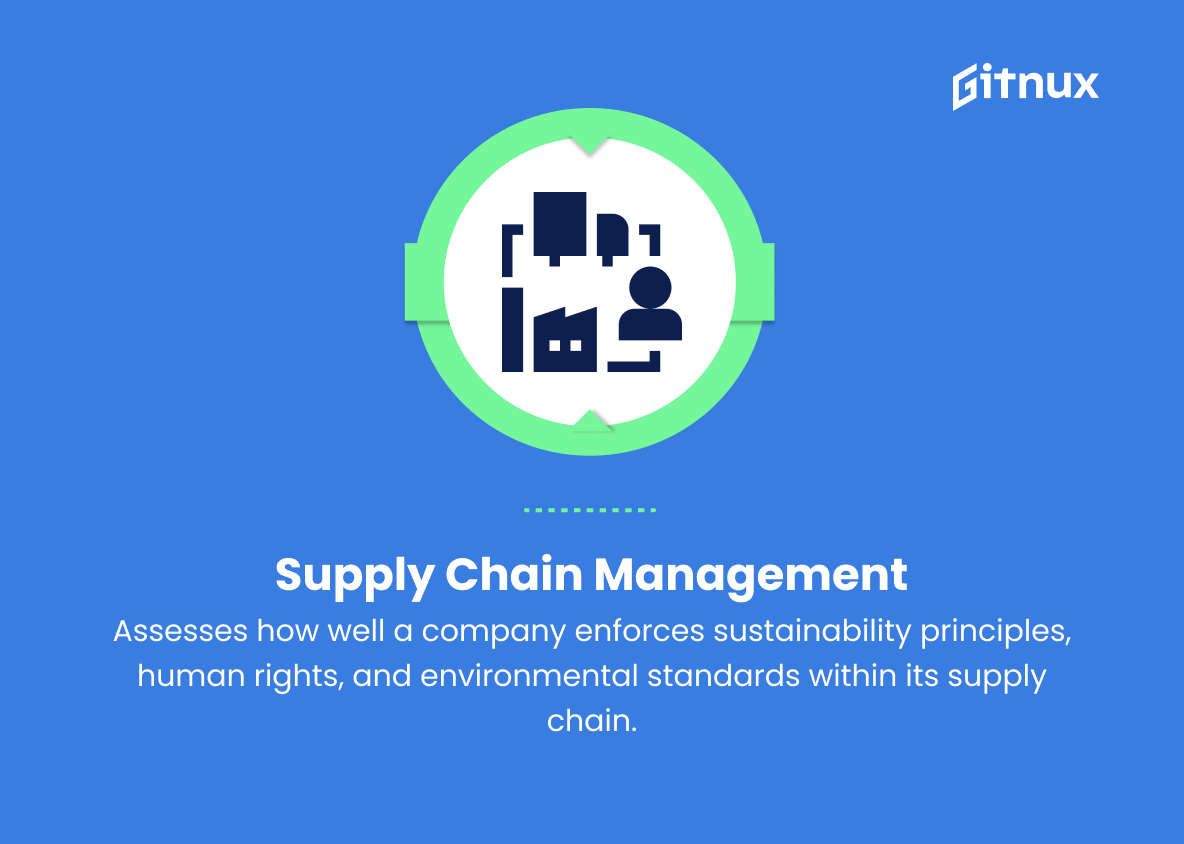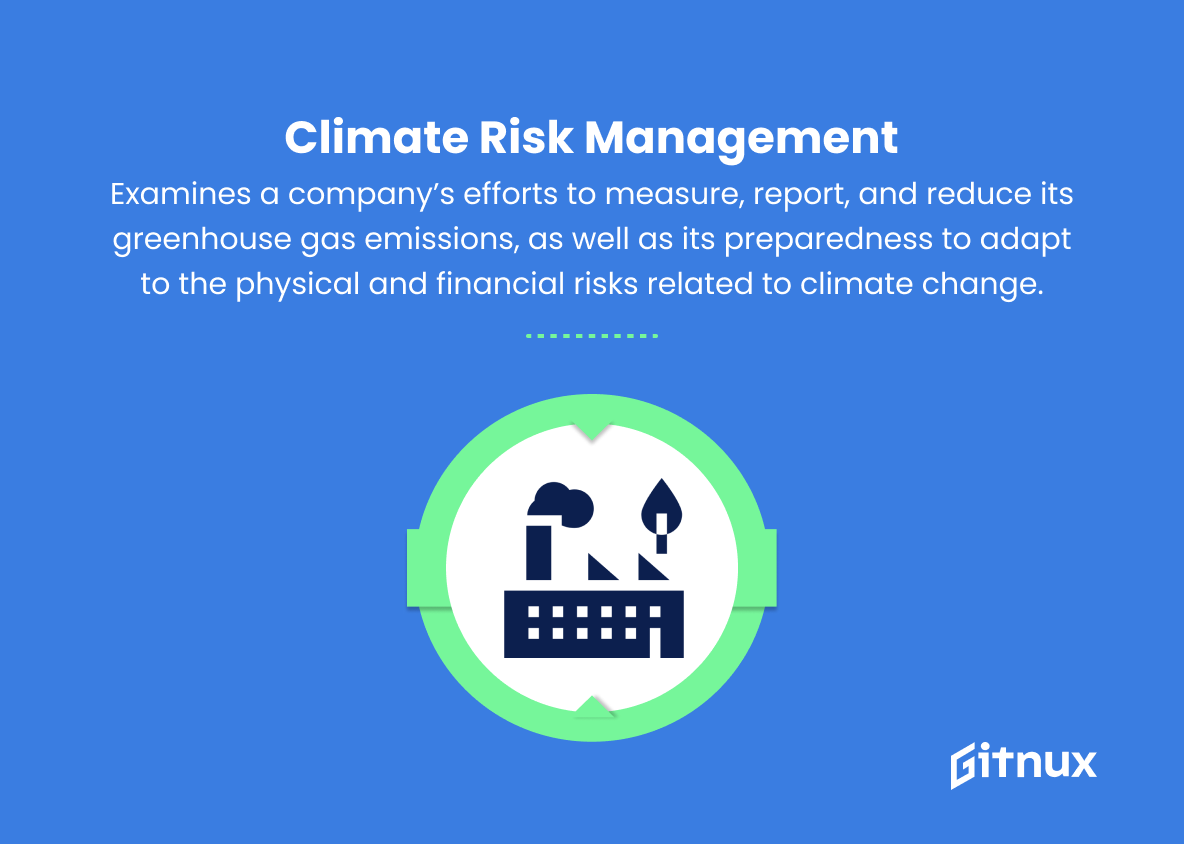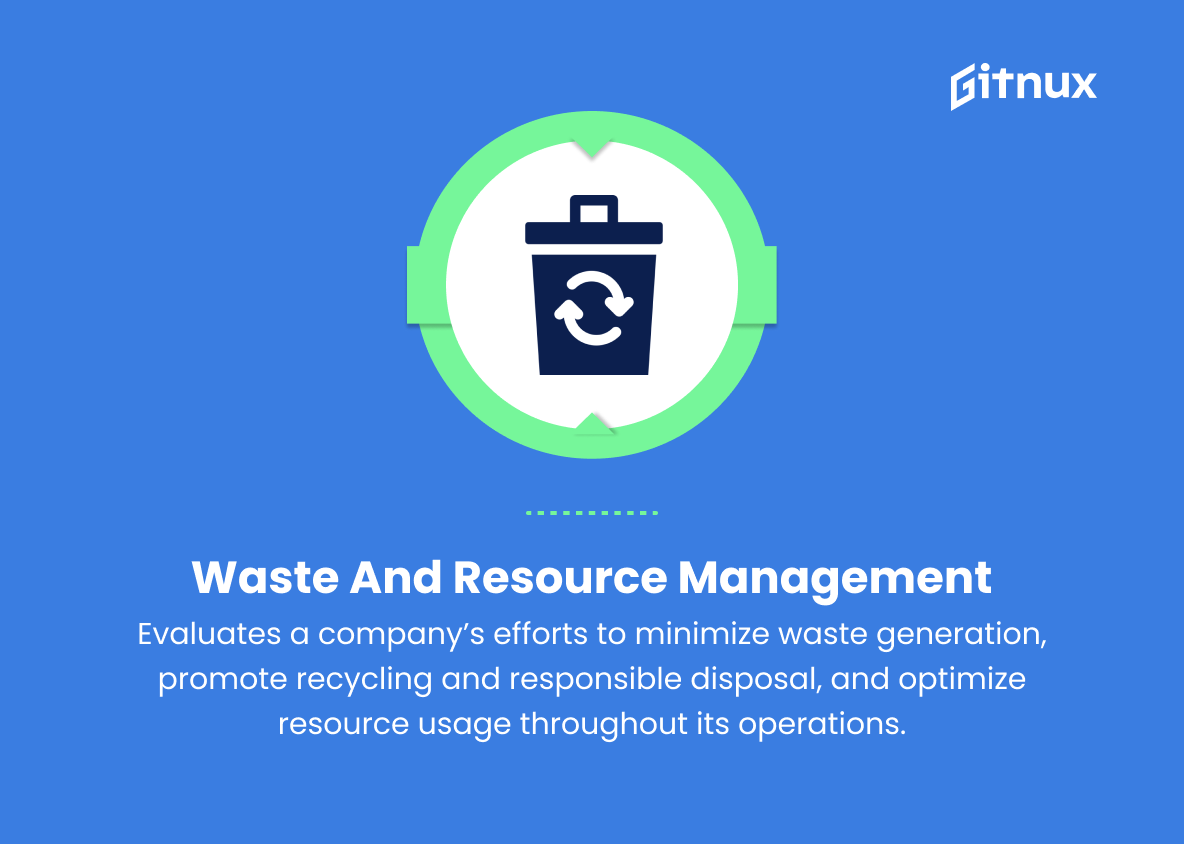In today’s rapidly evolving business landscape, the importance of incorporating Environmental, Social, and Governance (ESG) factors into corporate strategy cannot be overstated. Stakeholders, including investors, regulators, and consumers are increasingly scrutinizing companies’ ESG performance and demanding greater transparency and accountability. It’s not just about “doing good” anymore, but about ensuring a sustainable competitive advantage in the long run.
To this end, companies must identify, manage, and communicate their ESG efforts in a comprehensive and systematic manner. One of the most critical elements of this process is implementing sound ESG Governance Metrics. In this blog post, we will delve deep into the world of ESG Governance Metrics, exploring their significance, functionality, and the best practices for utilizing these crucial tools in driving positive change for businesses and society as a whole.
ESG Governance Metrics You Should Know
1. Board composition
Evaluates the diversity, independence, expertise, and tenure of a company’s board members to determine how well they can effectively govern and make decisions in line with ESG principles.
2. CEO pay ratio
Compares CEO compensation to employee compensation to assess inequalities in pay structures and their potential impact on ESG performance.
3. Shareholder rights
Measures the degree to which a company’s governance structure empowers shareholders to have influence and hold management accountable for ESG issues.
4. Executive compensation
Evaluates the alignment of executive compensation packages with ESG performance, incentivizing them to focus on long-term sustainability.
5. Corporate transparency and disclosure
Measures how transparent a company is in reporting its ESG performance, risks, policies, and actions, as well as their adherence to regulatory requirements and voluntary reporting frameworks.
6. ESG risk management
Assesses a company’s policies, procedures, and practices to identify, manage, and minimize ESG-related risks and ensure compliance with relevant laws and regulations.
7. Stakeholder engagement
Evaluates a company’s efforts to engage with stakeholders, such as employees, suppliers, customers, and local communities, to better understand their needs, concerns, and expectations related to ESG issues.
8. Business ethics and anti-corruption
Measures a company’s commitment and effectiveness in implementing ethical standards, preventing bribery and corruption, and ensuring responsible business practices.
9. Supply chain management
Assesses how well a company enforces sustainability principles, human rights, and environmental standards within its supply chain.
10. Diversity and inclusion
Evaluates a company’s commitment to promoting diversity and inclusion throughout its workforce and leadership positions, as well as its success in ensuring equal opportunities and non-discrimination.
11. Human rights and labor practices
Provides insights into a company’s compliance with international labor and human rights standards, such as worker safety, fair wages, and freedom of association.
12. Climate risk management
Examines a company’s efforts to measure, report, and reduce its greenhouse gas emissions, as well as its preparedness to adapt to the physical and financial risks related to climate change.
13. Energy efficiency
Assesses a company’s strategies, performance, and targets for improving energy efficiency, reducing energy consumption, and sourcing renewable energy.
14. Water management
Measures a company’s efforts to manage its water footprint, reduce water consumption, prevent pollution, and ensure sustainable water management practices.
15. Waste and resource management
Evaluates a company’s efforts to minimize waste generation, promote recycling and responsible disposal, and optimize resource usage throughout its operations.
These metrics are just some of the key indicators for evaluating a company’s ESG governance performance. Companies are often evaluated using multiple metrics, which can be benchmarked against industry best practices and peers to understand their progress and performance in addressing ESG issues.
ESG Governance Metrics Explained
ESG governance metrics are essential tools to assess a company’s commitment and performance in addressing environmental, social, and governance issues. These metrics, including board composition, CEO pay ratio, shareholder rights, executive compensation, corporate transparency, ESG risk management, stakeholder engagement, business ethics, supply chain management, diversity and inclusion, human rights and labor practices, climate risk management, energy efficiency, water management, and waste and resource management provide valuable insights into a company’s ability to effectively govern and make decisions in line with ESG principles.
Ensure long-term sustainability, maintain responsible business practices, and tackle the challenges posed by climate change. By employing these metrics, companies can receive a comprehensive evaluation of their ESG governance performance in comparison to industry best practices and peer groups, allowing them to identify areas for improvement and ensure a positive impact on both their financial performance and overall societal wellbeing.
Conclusion
In conclusion, ESG governance metrics play a crucial role in the long-term success and sustainability of businesses across industries. Evaluating a company’s environmental, social, and governance performance has become a vital aspect for investors, stakeholders, regulators, and consumers alike.
Adopting strong ESG practices can unlock numerous opportunities and benefits for businesses – from attracting ethical investments, improving brand credibility and reputation, to securing a competitive advantage in the marketplace. By acknowledging and addressing the importance of ESG governance metrics, organizations can not only adapt to the ever-evolving global landscape but also contribute to a more sustainable, equitable, and prosperous future for all.

